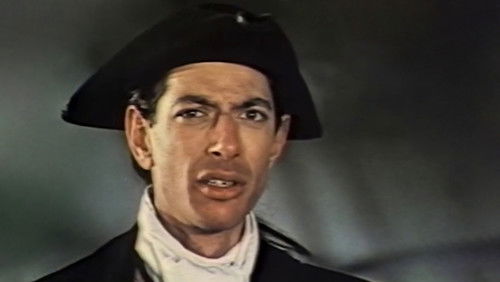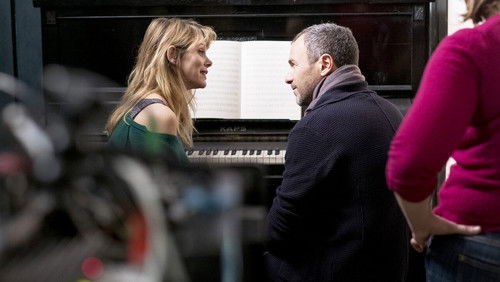Der Geist des Bienenstocks (1973)
11KDer Geist des Bienenstocks: Directed by Víctor Erice. With Fernando Fernán Gómez, Teresa Gimpera, Ana Torrent, Isabel Tellería. In 1940, after watching and being traumatized by the movie Frankenstein (1931), a sensitive seven year-old girl living in a small Spanish village drifts into her own fantasy world.
“u0026quot;Spirit of the Beehive (El Espíritu de la colmena)u0026quot; is a lovely insight into the mind of a child, where fantasy mixes with reality and stories with dreams. This is a beautiful metaphor for the magic of the movies and co-writer/director Víctor Erice illustrates the connection further by having the impact of the film u0026quot;Frankensteinu0026quot; with Boris Karloff on a young girl as the pivotal plot point.u003cbr/u003eu003cbr/u003eAna Torrent is a wide-eyed innocent who carries the film, as we completely enter into how she integrates her daily life, both the quotidian happenings and the unusual, with scary stories her older sister teases her with and with the film. Her beautiful eyes are expressive and haunting. As someone who had an older sister with all kinds of outlandish tales that were gullibly believed, the sibling teasing is the most natural Iu0026#39;ve seen on film.u003cbr/u003eu003cbr/u003eErice has a completely original take on the Frankenstein story, no matter how many times it has been referenced in other movies. u0026quot;Anau0026quot; powerfully relates to the little girl in the film, even though she does not understand any of the darker emotions or outcomes. The film inspires her to seek out misfits and outcasts, with unintended consequences and impacts on the adult world.u003cbr/u003eu003cbr/u003eThe adult world is the weakest part of the film, or itu0026#39;s so heavy with symbolism about the 1940u0026#39;s period when the film takes place or of the end of Francoism in Spain when the film was made that itu0026#39;s lost for a viewer first seeing the film today. While sometimes the parentsu0026#39;, teachersu0026#39; and servantsu0026#39; behavior seems mysterious if we were just seeing it from her perspective, their obliviousness and self-involvement in their own intellectual and romantic pursuits arenu0026#39;t really explained, even as her fatheru0026#39;s pompous hobby somehow gives the film its title. It might be some sort of commentary on how adults have their own way of blending fantasy and reality or some other political commentary.u003cbr/u003eu003cbr/u003eSeen in a new 35 MM print at NYCu0026#39;s Film Forum, the cinematography by Luis Cuadrado was stunning. The rural scenes of fields, forest and horizon –where dangers and threats always lurk beneath the pastoral–are beautiful, with simply gorgeous looking vignettes of childhood experiences.u003cbr/u003eu003cbr/u003eI wonder if this insightful look inside a childu0026#39;s mind influenced such films as u0026quot;Iu0026#39;m Not Scared (Io non ho paura)u0026quot; and u0026quot;Paperhouse.u0026quot; but the film seems so fresh and creative I was surprised that it was made in 1973.”









